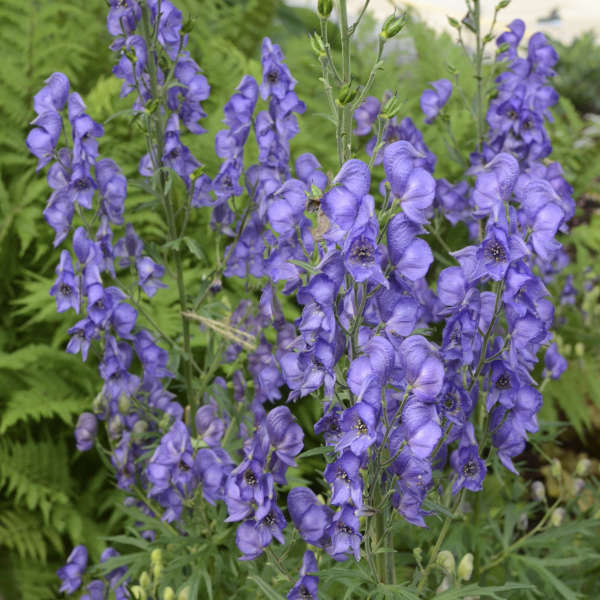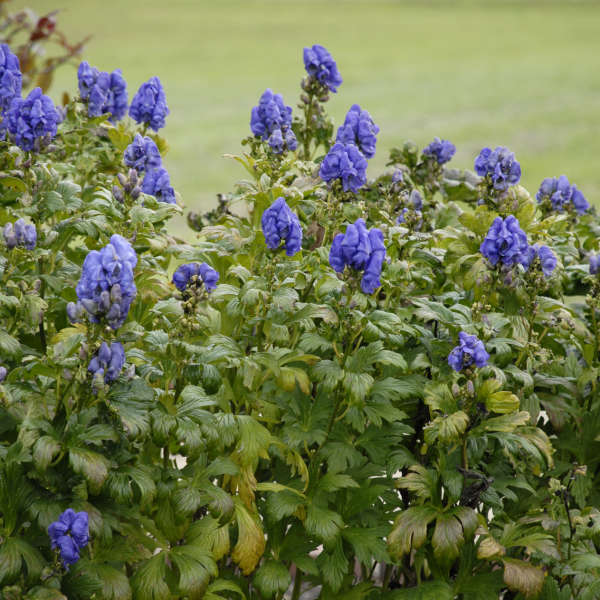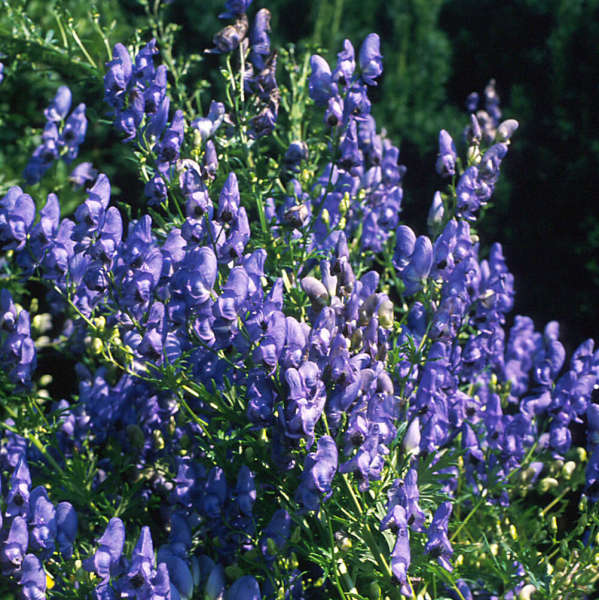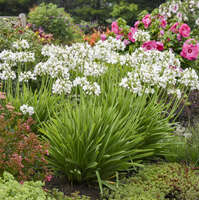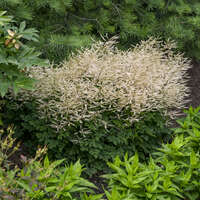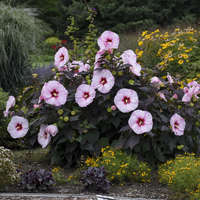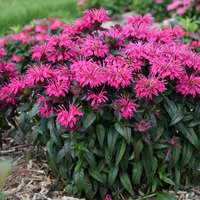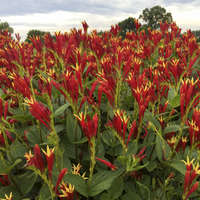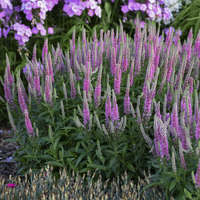Growing Temperature:
50-60° F
Holding Temperature:
45-50° F
Soil PH:
5.8-6.5
EC (What is EC?):
1.5-2.0 pour through method
Fertility:
50-75 ppm at each watering.
Pests & Diseases:
Bumblebees, mites (especially cyclamen mite), leaf and root-knot nematodes.
Botrytis, crown rot, root and stem rots, Verticillium wilt, mosaic, bacterial leaf spot (Pseudomonas), downy mildew, (Plasmopara), powdery mildew, rusts, leaf and stem smut.
Potting & Timing:
Plant in well drained soilless media.
Moisture:
For potting soil use commercial planting media.
Tolerant of moist soils but dislikes wet or soggy soil.
Water in when planting, then allow to dry between waterings until actively growing. Once established and actively growing they will require consistantly moist soil.
Planting Level:
Set crowns just below soil surface.
Other Comments:
All parts are poisonous, WEAR GLOVES WHEN WORKING WITH THIS PLANT. Avoid skin or oral contact with plant juices, and be particularly careful to cover up any open cuts or skin abrasions prior to working with these plants.
